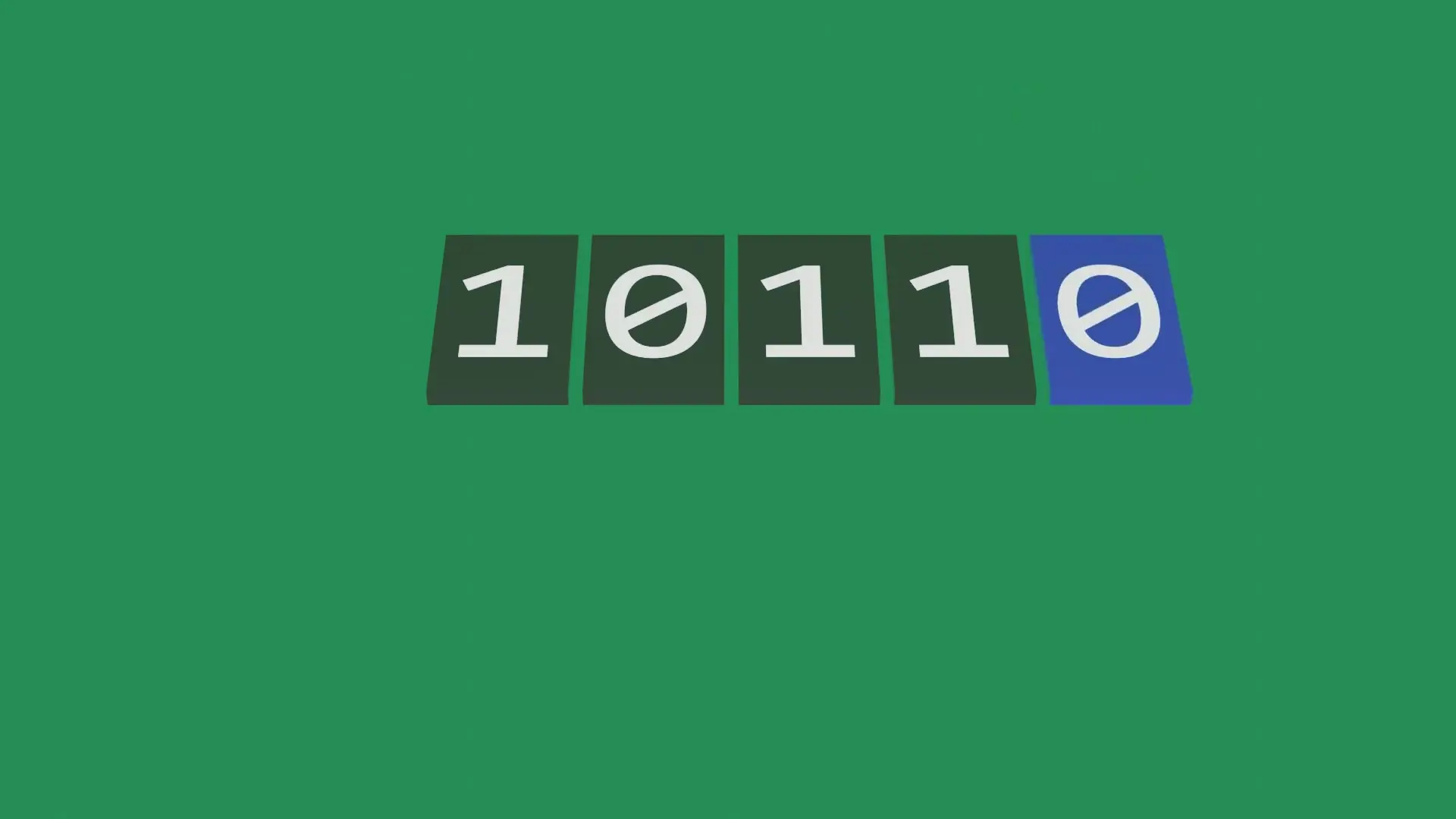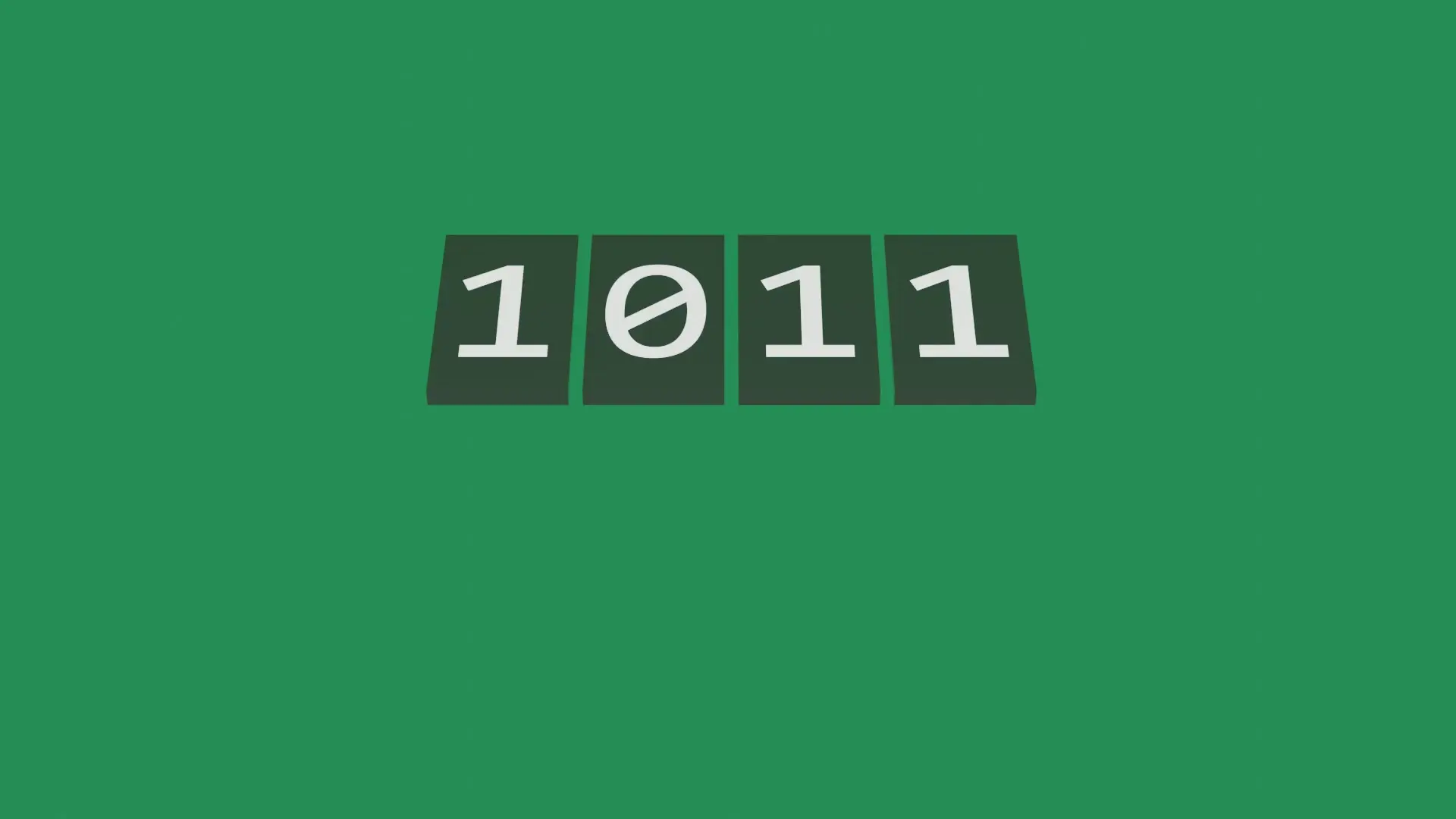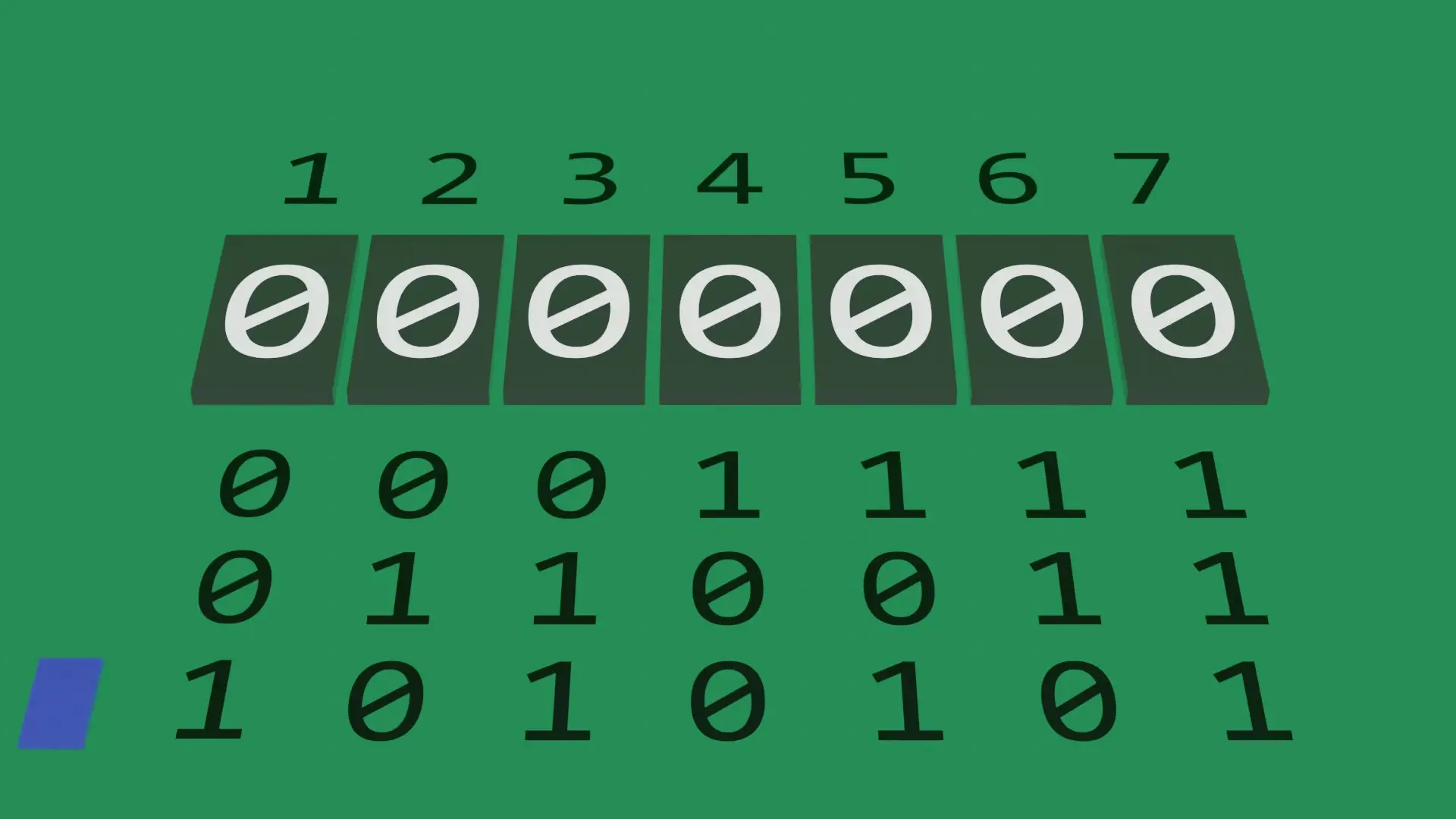
In the digital world, information travels constantly between computers, storage devices, and networks. But how do we ensure this data arrives intact? Error correction coding provides the answer, with Hamming codes being one of the most elegant solutions for detecting and correcting transmission errors automatically.
The Challenge of Data Transmission Errors
When information is transferred from one computer to another, it travels as binary data—sequences of zeros and ones. While most transmissions occur without issue, occasionally bits get flipped: a zero becomes a one, or a one becomes a zero. In critical applications where accuracy is paramount, we need mechanisms to detect and correct these errors.
For practical purposes, we often focus on correcting single-bit errors, as they're the most common type of transmission error. The question becomes: how can we encode data to not only detect when an error has occurred but also identify which specific bit was affected?
Simple Error Detection with Parity Bits
The most basic approach to error detection uses a single parity bit. This additional bit is added to the data and serves as a simple check mechanism.

The parity bit's value is determined by counting the number of ones in the data:
- If there's an odd number of ones in the data, the parity bit is set to 1
- If there's an even number of ones, the parity bit is set to 0
When receiving data, we can check if the parity bit matches the data. If it doesn't, we know an error has occurred. However, this only tells us that something went wrong—it doesn't tell us which bit is incorrect, so we can't fix it.
From Detection to Correction: The Hamming Code Approach
To enable error correction, we need more information. This is where error correction coding mathematical methods and algorithms come into play, specifically through Hamming codes, which provide both error detection and correction capabilities.
For a simple example with four data bits, we need three parity bits to enable single-bit error correction. Why three? With three parity bits, we can represent eight possible states (2³ = 8), which is exactly what we need: one state to indicate no error, four states to represent errors in any of the data bits, and three states to identify errors in the parity bits themselves.

How Parity Bits Are Calculated in Hamming Codes
In Hamming codes, each parity bit is calculated based on a specific subset of data bits. The key insight is that each data bit must be covered by a unique combination of parity bits, creating a pattern that allows us to pinpoint exactly which bit has an error.

For a 7-bit message (4 data bits + 3 parity bits), we position the bits strategically. The bits at positions 1, 2, and 4 (where positions are numbered starting from 1) are designated as parity bits, while the remaining positions hold data bits.
Each parity bit monitors specific data bits based on their binary position representation:
- Parity bit 1 (position 1) monitors all bits whose binary position has a 1 in the rightmost place
- Parity bit 2 (position 2) monitors all bits whose binary position has a 1 in the second place from right
- Parity bit 4 (position 4) monitors all bits whose binary position has a 1 in the third place from right
Error Detection and Correction in Action
When we receive a message with a potential error, we recalculate each parity bit based on the data bits it covers. If any parity bit doesn't match its expected value, we know an error has occurred.
The beauty of the Hamming code is that the pattern of incorrect parity bits directly identifies which bit is wrong. For example, if parity bits 1 and 4 are incorrect but parity bit 2 is correct, this indicates an error in bit 5 (binary 101). By flipping that bit, we correct the error.
A Practical Example of Error Correction
Let's say we have data bits 0101 and want to transmit them using Hamming code:
- Position the data bits in a 7-bit message, leaving positions 1, 2, and 4 for parity bits
- Calculate parity bit 1 based on bits 3, 5, 7 (odd number of ones? → 1)
- Calculate parity bit 2 based on bits 3, 6, 7 (odd number of ones? → 1)
- Calculate parity bit 4 based on bits 5, 6, 7 (odd number of ones? → 0)
- The complete 7-bit message becomes: 1101010
If during transmission bit 5 gets flipped, the received message would be 1101110. When checking parity bits:
- Parity bit 1 should be 1 but recalculating gives 0 → Error
- Parity bit 2 is correct (1)
- Parity bit 4 should be 0 but recalculating gives 1 → Error
The error pattern (101 in binary) points to bit position 5. Flipping this bit corrects the error, restoring our original message.
Efficiency of Hamming Codes in Error Correction
While our example required 3 parity bits for just 4 data bits (a 75% overhead), Hamming codes become much more efficient as the data size increases. For 247 data bits, only 8 parity bits are needed—a mere 3% overhead—while still maintaining the ability to correct any single-bit error.
This efficiency makes Hamming codes particularly valuable in computer memory systems, network communications, and other applications where data integrity is crucial but bandwidth or storage limitations exist.
Applications in Modern Computing
Error correction coding and decoding techniques like Hamming codes are fundamental to numerous technologies we rely on daily:
- Computer memory (ECC RAM) that can detect and correct memory errors
- Storage systems like hard drives and SSDs
- Digital communication systems including satellite transmissions
- QR codes and barcodes that maintain readability even when partially damaged
- Deep space communications where signal integrity is critical
More advanced error correction techniques have been developed for specific applications, including Reed-Solomon codes (used in CDs, DVDs, and QR codes) and turbo codes (used in 3G/4G mobile communications), but they all build upon the fundamental principles established by Hamming's work.
Conclusion: The Hidden Layer of Reliability
Error correction coding represents one of those invisible technologies that silently ensures our digital world functions reliably. By adding just a small amount of redundant information to our data, we gain the remarkable ability to detect and correct errors that would otherwise corrupt our information.
From the simple parity bit to sophisticated Hamming codes and beyond, these mathematical techniques demonstrate how cleverly designed redundancy can transform vulnerable data into self-healing information—a crucial foundation for our increasingly digital society.
Let's Watch!
How Hamming Codes Enable Data to Correct Itself: Error Detection Simplified
Ready to enhance your neural network?
Access our quantum knowledge cores and upgrade your programming abilities.
Initialize Training Sequence